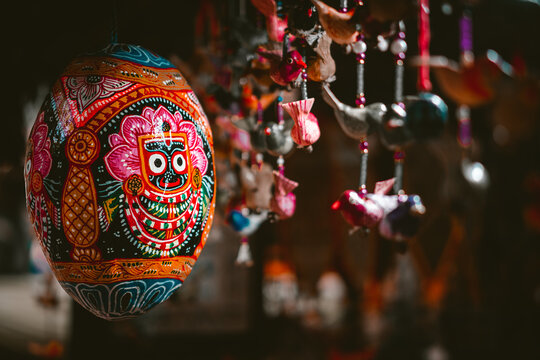Bhubaneswar
A complete tourist and cultural guide
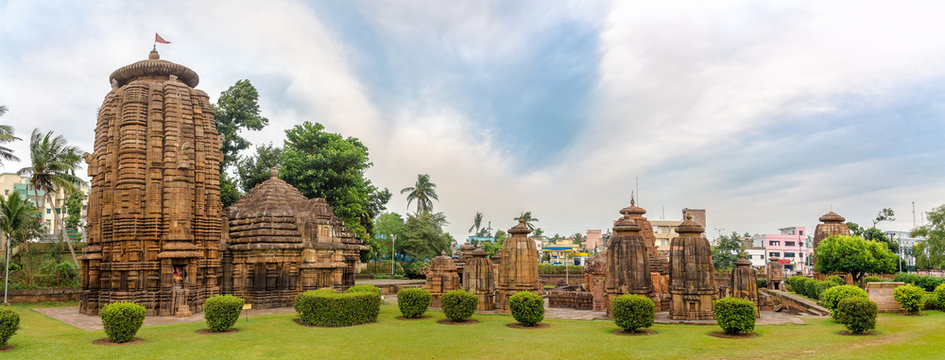
Bhubaneswar, the “Temple City of India,” is a blend of ancient heritage and modern vibrancy. Known for its magnificent temples, rich history, and thriving arts scene, it offers a unique spiritual and cultural experience.
Wiki Link: Bhubaneswar Wiki Page
Must-Visit Attractions in Bhubaneswar
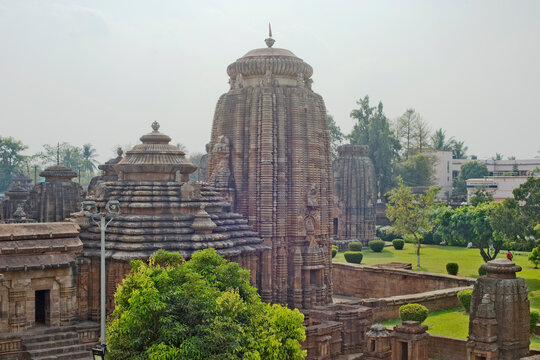
Lingaraj Temple
A majestic 11th-century temple dedicated to Lord Shiva, showcasing Kalinga architecture and intricate carvings.
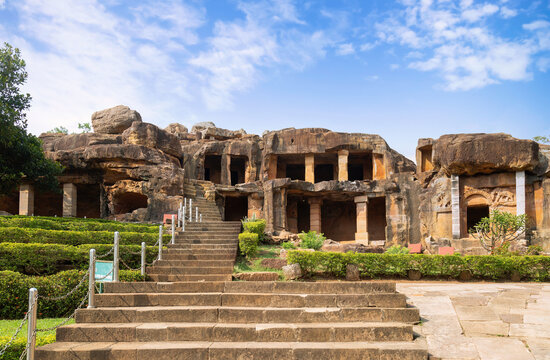
Udayagiri & Khandagiri Caves
Ancient Jain rock-cut caves with inscriptions and carvings, offering a glimpse into Odisha’s historical past.
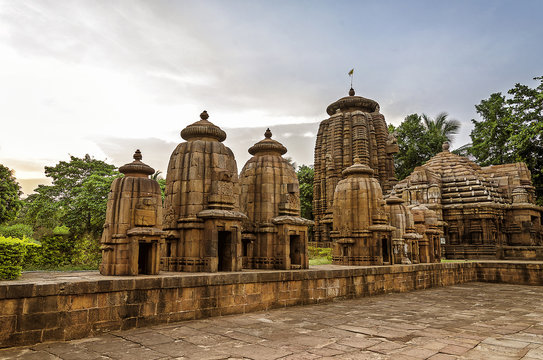
Mukteshwar Temple
Known as the “Gem of Odishan Architecture,” this temple features exquisite torana arches and intricate stone carvings.
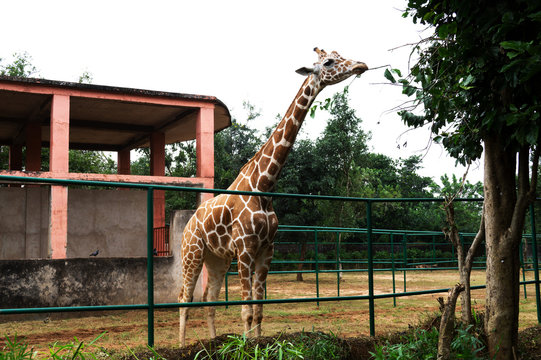
Nandankanan Zoological Park
A renowned wildlife sanctuary and botanical garden, famous for its white tigers and safari experiences.
Major Attractions Nearby Bhubaneswar
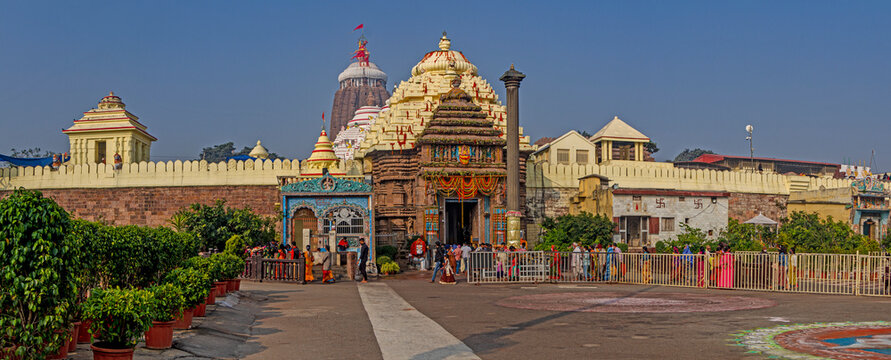
Puri & Jagannath Temple
A sacred pilgrimage site with the iconic Jagannath Temple and the golden beach of Puri.
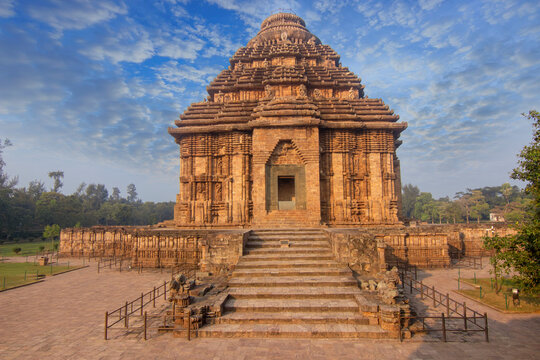
Konark Sun Temple
A UNESCO World Heritage Site, this 13th-century temple is shaped like a colossal chariot dedicated to the Sun God.
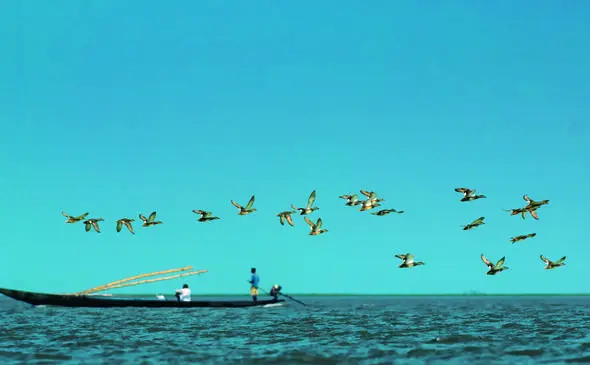
Chilika Lake
Asia’s largest brackish water lagoon, home to migratory birds, dolphins, and scenic boat rides.
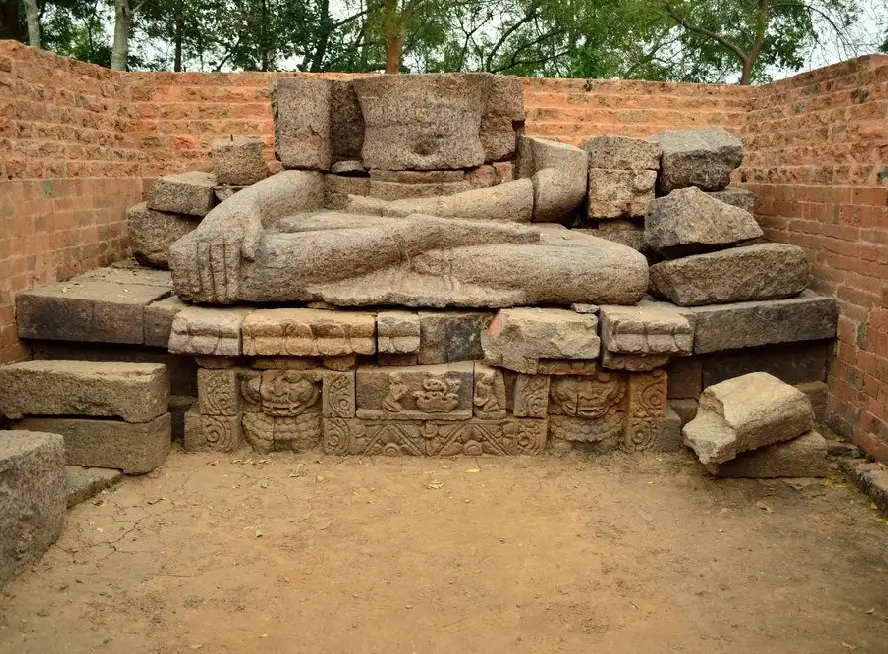
Ratnagiri & Lalitgiri
Ancient Buddhist monastic ruins with stupas, sculptures, and relics from the Gupta and Pala periods.
Things to Do in Bhubaneswar
Experience the spiritual, cultural, and historical essence of the city. From attending the Ganga Aarti to exploring ancient lanes, the city offers a soulful journey.
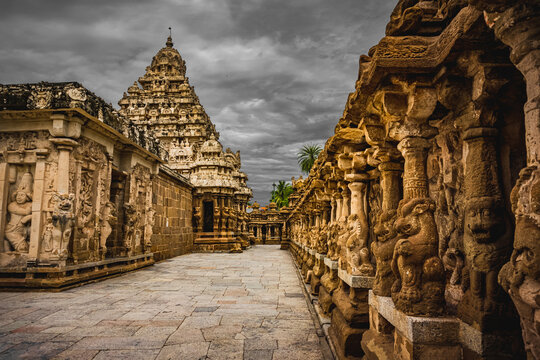
Explore Temple Architecture
Wander through the city’s ancient temples, each narrating tales of Odisha’s glorious past.
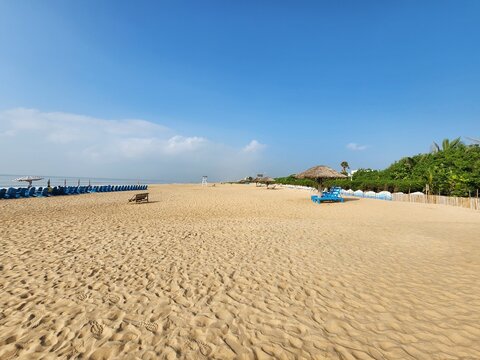
Attachandana at Puri Beach
Witness stunning sand sculptures by local artists depicting mythological and contemporary themes.
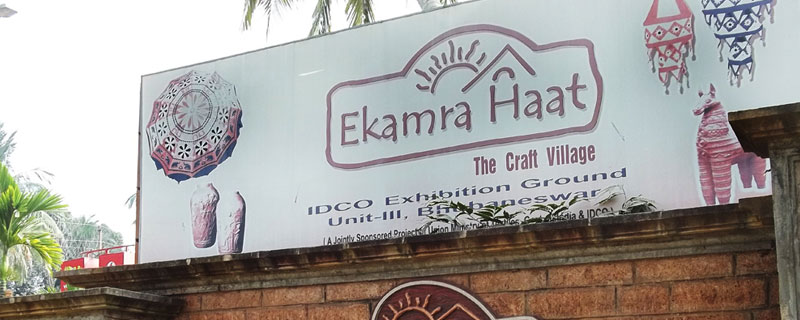
Visit Ekamra Haat
A handicraft village showcasing Odisha’s traditional art, textiles, and tribal souvenirs.
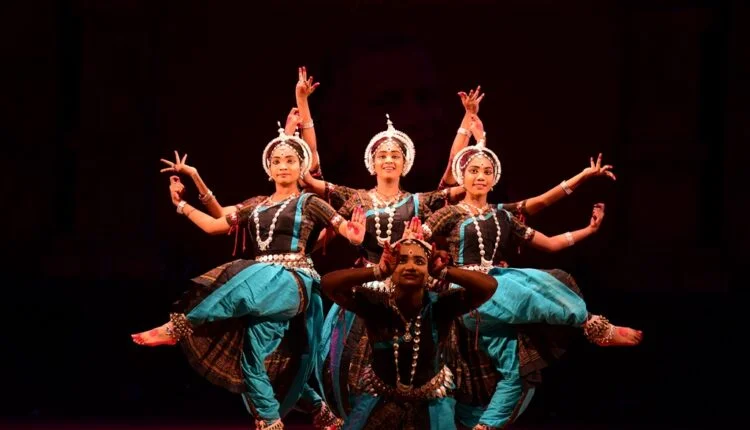
Attend Odissi Dance Performances
Experience the grace of classical Odissi dance at cultural centers like Rabindra Mandap.
The Performing Arts of Bhubaneswar
A vibrant hub of classical and folk traditions, Bhubaneswar pulses with Odisha’s rich artistic heritage. The city is a cradle of Odissi dance, Gotipua performances, and Pala music, where ancient temple arts come alive in modern cultural spaces. From soulful Jhulana devotional songs to the rhythmic beats of Mardala, Bhubaneswar’s artistic legacy is deeply tied to its spiritual roots.
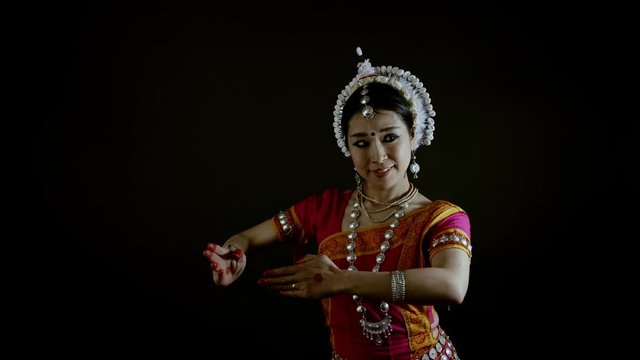
Odissi Music
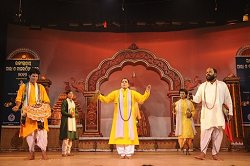
Pala & Daskathia
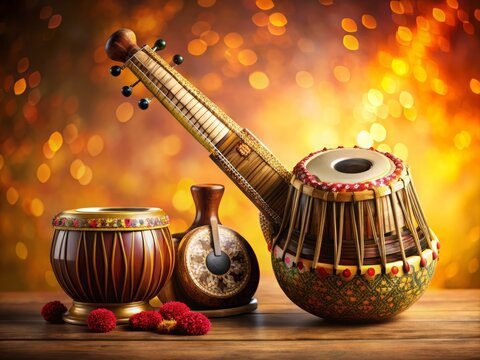
Jhulana & Bhajans
Bhubaneswar, as the cultural heart of Odisha, is a thriving center for both classical and folk music traditions. The state has nurtured unique musical styles that blend temple spirituality, tribal rhythms, and classical sophistication.
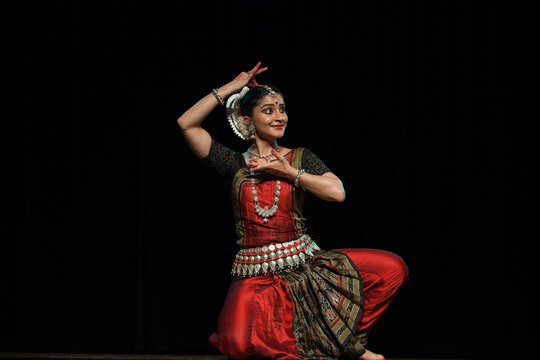
Odissi Dance
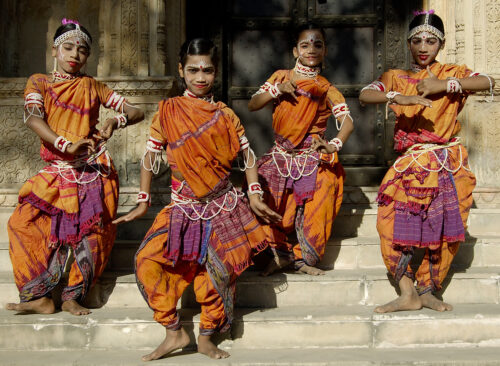
Gotipua
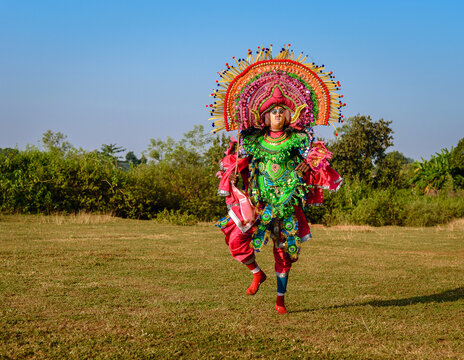
Chhau Dance
Bhubaneswar, as the cultural capital of Odisha, is a vibrant center for both classical and folk dance traditions. The state has preserved ancient temple dances while nurturing dynamic folk performances that bring mythology and local legends to life.
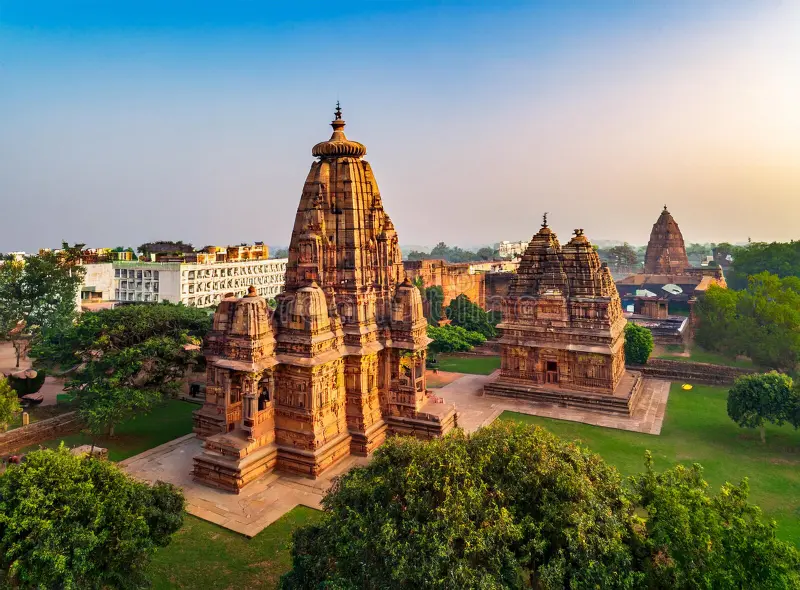
Bhubaneswar – Where Spirituality Meets Modernity
The “Temple City of India” hums with ancient rhythms—mornings begin with temple bells at Lingaraj, afternoons buzz with vibrant Ekamra Haat crafts, and evenings glow with Odissi dancers under neem trees. Centuries-old shrines like Mukteshwar stand beside trendy cafés, while the aroma of Chhena Poda sweetens the air. Here, every lane whispers history, yet pulses with today’s energy.
Heritage of Bhubaneswar
Bhubaneswar’s heritage is a sacred tapestry of Hindu, Buddhist, and Jain influences, woven over 2,000 years. The city’s skyline is crowned with ancient temples like Lingaraj and Mukteshwar, where Kalinga architecture reaches its zenith in stone. As the former capital of the Kalinga empire, it preserves history through Udayagiri’s rock-cut caves, Dhauli’s Ashokan edicts, and the living tradition of Odissi dance. Meanwhile, the thriving Pattachitra and Tarakasi silver filigree crafts continue its artistic legacy into modern times.
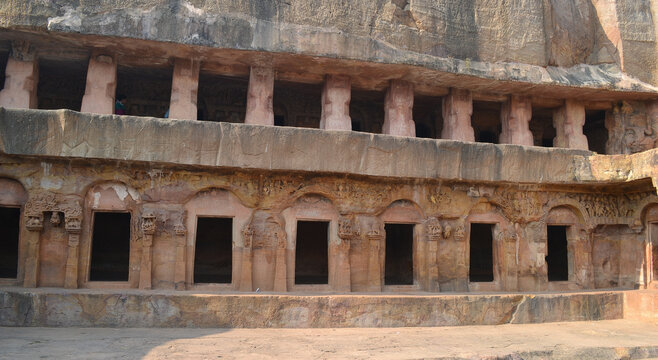
Cuisine of Bhubaneswar
Bhubaneswar is a food lover’s paradise, where every bite tells a story of tradition and flavor. From temple offerings to street-side delights, the city’s cuisine is a delicious blend of sweet, spicy, and tangy tastes that capture Odisha’s soul.
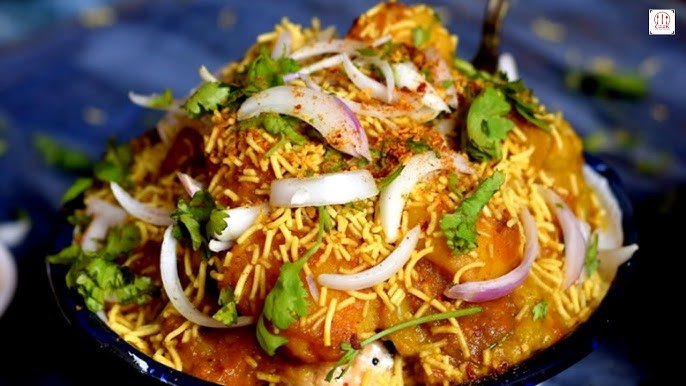
Dahibara Aloodum
Soft lentil dumplings soaked in yogurt, topped with spicy potato curry and tangy tamarind chutney.
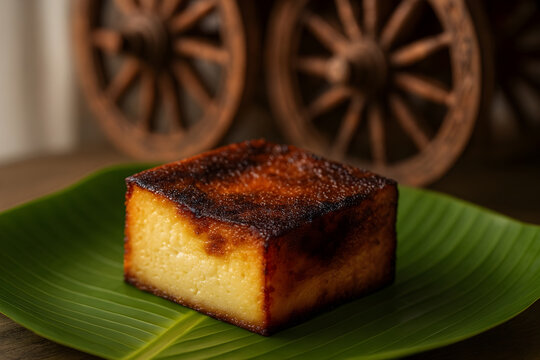
Chhena Poda
A caramelized cheesecake-like dessert made from roasted cottage cheese, sugar, and cardamom.
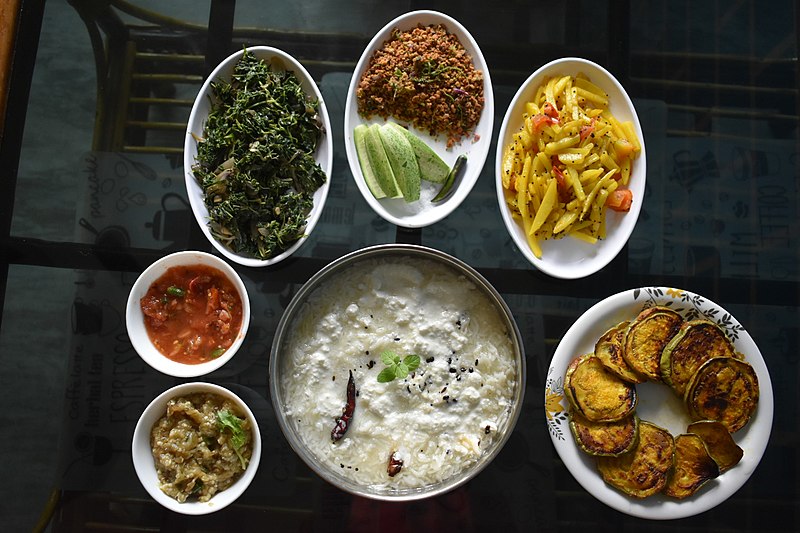
Pakhala Bhata
Fermented rice served with curd, fried fish, or mashed potatoes, a traditional Odia comfort food.
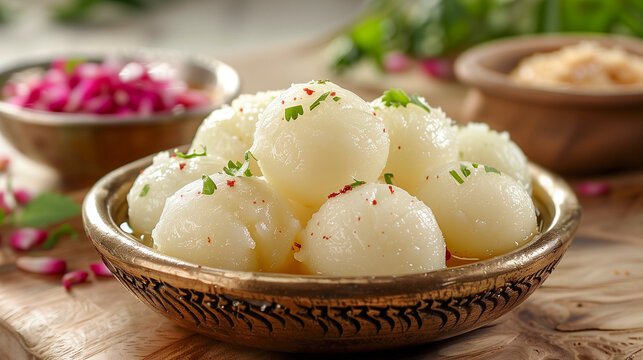
Rasabali
Deep-fried chhena patties dipped in sweet, thickened milk, a temple-offering dessert.
Shopping in Bhubaneswar
Bhubaneswar offers a shopper’s delight, where ancient craftsmanship meets vibrant markets. From the shimmering Sambalpuri silk sarees to delicate silver filigree (Tarakasi), the city’s bazaars brim with Odisha’s artistic legacy. Pick up Pattachitra paintings, palm leaf engravings, or stone carvings as timeless souvenirs of your visit.
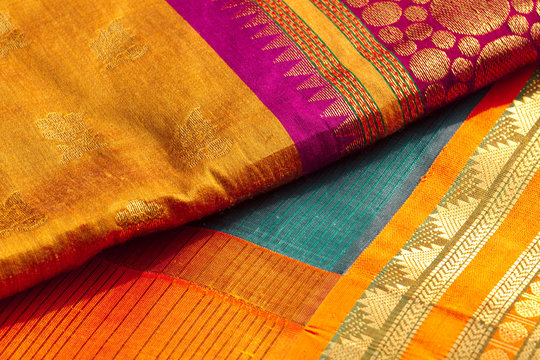
Sarees & Fabrics
Buy exquisite Sambalpuri and Bomkai silk sarees known for their ikat patterns and vibrant colors.
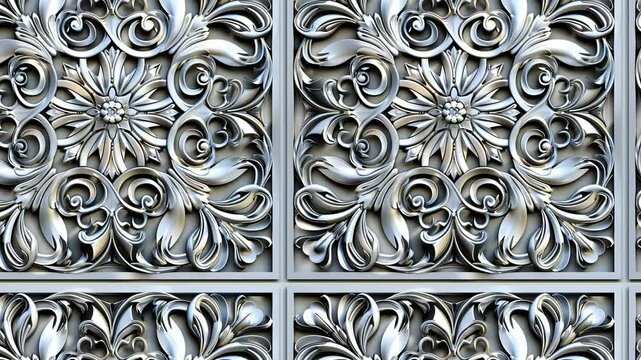
Silver Filigree
Delicate silver jewelry and artifacts crafted using ancient Odisha techniques.
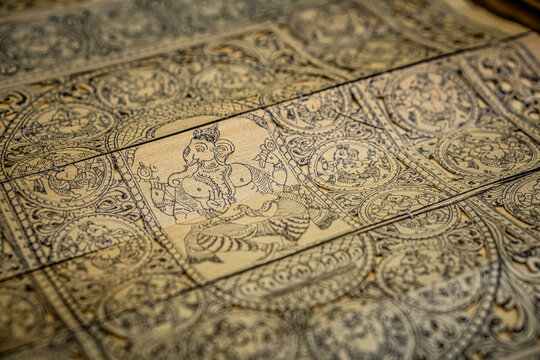
Pattachitra Paintings
Traditional cloth-based scroll paintings depicting mythological stories in bright hues.
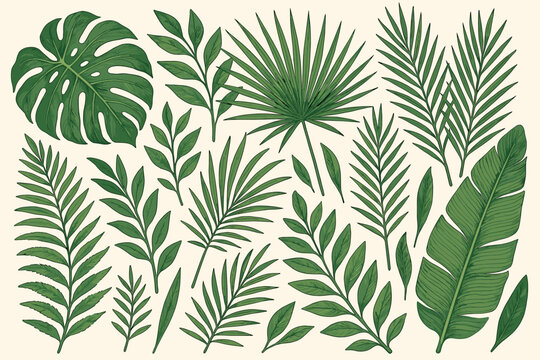
Palm Leaf Engravings
Intricate carvings on palm leaves, showcasing Odisha’s tribal and folk artistry.
Tourist's Handbook
The ideal season to explore Bhubaneswar is October to March, when winter brings cool (15-28°C), sunny days perfect for temple-hopping and cultural walks. This period includes vibrant festivals like Makar Sankranti (January) and Shivaratri (Feb/March), adding spiritual energy to the city. Avoid peak summer (April-June) with scorching heat (up to 45°C) and monsoon (July-September), though rains enhance the lush greenery around ancient sites.
Temple Etiquette & Footwear – Remove shoes before entering temples (some provide storage). Wear modest clothing covering shoulders/knees, especially at Lingaraj Temple.
Beware of Touts – Politely avoid unsolicited guides near tourist spots; book official guides through hotels or tourism offices.
Nighttime Caution – Stick to well-lit areas like Janpath Road or malls after dark; avoid isolated lanes near old temples.
Monsoon Precautions – Watch for waterlogged streets (June-Sept); temples like Mukteshwar have slippery stone floors when wet.
Food & Water – Savor street food at busy stalls (e.g., Unit-I Market), but avoid uncut fruits/ice; drink sealed bottled water.
Transport Safety – Use prepaid autos/Ola/Uber; avoid unmarked vehicles. Confirm fares before boarding.
Festival Crowds – During Rath Yatra or Durga Puja, secure valuables and follow police directives in packed areas.
Navigating Bhubaneswar is easy with its mix of modern roads and heritage lanes. Auto-rickshaws and app-based cabs (Ola/Uber) are ideal for short trips, while cycle-rickshaws offer a slower, nostalgic ride through the Old Town. For temple-hopping, hire a cab or use city buses connecting major sites like Lingaraj and Dhauli. While the city is walkable in areas like Ekamra Haat, renting a bike lets you explore hidden gems at your own pace.
Temple Donation Pressure – Priests may demand excessive fees for rituals; politely confirm costs beforehand or donate a fixed amount.
Overpriced Handicrafts – Compare prices for Pattachitra or silver filigree at Ekamra Haat (fixed-price stalls) before buying from street vendors.
Auto-Rickshaw Overcharging – Insist on meters or use Ola/Uber; negotiate fares upfront if meters aren’t used.
Fake Heritage Tour Packages – Book guides through govt-approved kiosks or your hotel; avoid touts near temples.
"Special Entry" Temple Scams – Major temples like Lingaraj are free; ignore anyone claiming paid access.

